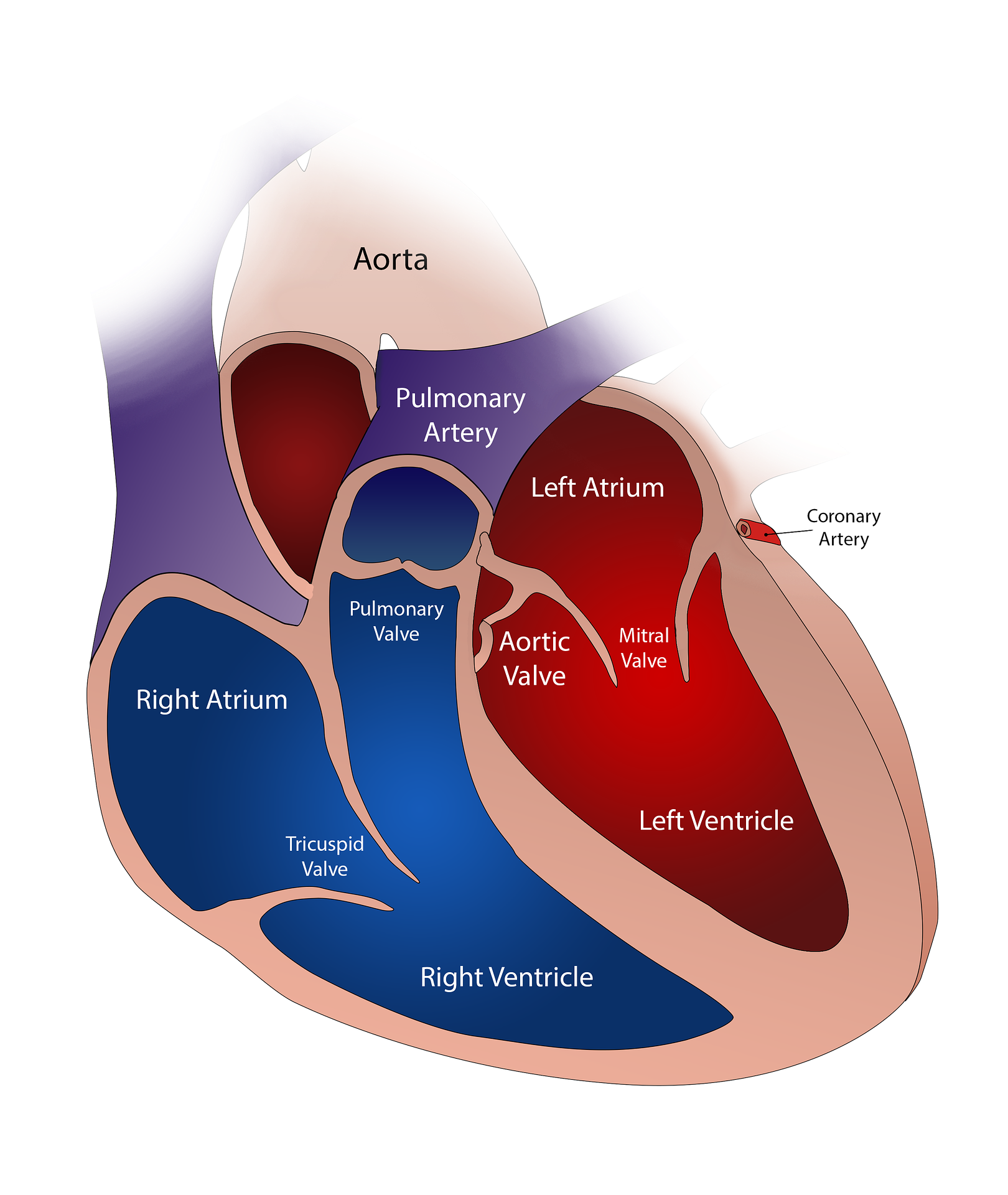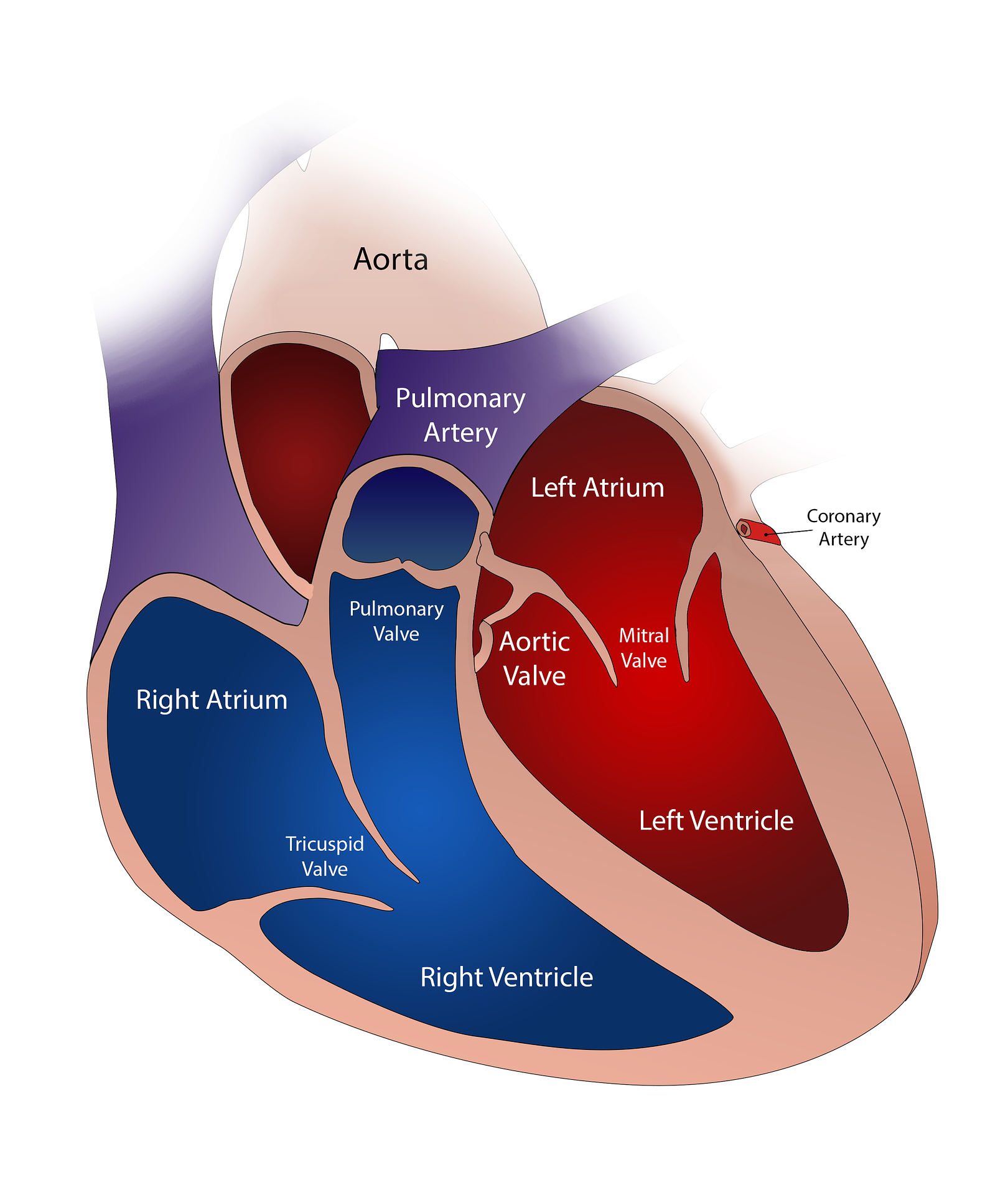Evidence is mounting that fluoroquinolone antibiotics (Cipro, Levaquin, Avelox, Floxin, and their generic equivalents) increase the risk of aortic aneurysm and dissection, yet the FDA is denying the connection between fluoroquinolone use and the potentially deadly vascular conditions.
In a May, 2017 notice on fda.gov, the FDA stated:
“As part of our ongoing review of fluoroquinolone antibiotics, FDA is informing the public that patient cases identified by the FDA and findings from published studies currently do not support reports that these medicines may result in detachment of the retina in the eyes, or bulges or tears in the aorta blood vessel called aortic aneurysm and aortic dissection. We will continue to assess safety issues with fluoroquinolones and will update the public if additional actions are needed.”
This statement was made after two major studies were released, showing the statistically significant increase in risk of aortic dissection and aneurysm with fluoroquinolone use. “Risk of Aortic Dissection and Aortic Aneurysm in Patients Taking Oral Fluoroquinolone” (JAMA Internal Medicine, 2015), and “Fluoroquinolones and collagen associated severe adverse events: a longitudinal cohort study” (BMJ Open, 2015) both found that fluoroquinolone use is associated with an increased risk of aortic aneurysm and dissection, with “Risk of Aortic Dissection and Aortic Aneurysm in Patients Taking Oral Fluoroquinolone” concluding that:
“Use of fluoroquinolones was associated with an increased risk of aortic aneurysm and dissection. While these were rare events, physicians should be aware of this possible drug safety risk associated with fluoroquinolone therapy.”
Both “Risk of Aortic Dissection and Aortic Aneurysm in Patients Taking Oral Fluoroquinolone” and “Fluoroquinolones and collagen associated severe adverse events: a longitudinal cohort study” are major studies, with “analysis of 1477 case patients and 147 700 matched control cases from Taiwan’s National Health Insurance Research Database (NHIRD) from among 1 million individuals longitudinally observed from January 2000 through December 2011” for the former, and 1.7 million older adults in Ontario, Canada, for the later. They are robust studies that show a statistically significant association between fluoroquinolone-use and aortic aneurysm and dissection.
Still, the FDA doesn’t acknowledge that there is a connection between fluoroquinolone-use and these potentially deadly disorders.
Before you defend the FDA by saying something like, “correlation doesn’t mean causation,” or, “an association doesn’t prove anything,” think about what it would take to do a study that would actually show a causal link between fluoroquinolones and aortic dissection and aneurysm–researchers would have to intentionally expose a group of people who they knew were at-risk for aortic dissection and/or aneurysm to Cipro, and another group of people who presumably had an infection to a placebo, then see whether or not they were hurt or died from the exposure. You can’t do this experiment on humans for fairly obvious reasons.
However, you can do the experiment with mice, and a team of researchers from Baylor College of Medicine, the Texas Heart Institute, and Baylor College of Medicine’s Cardiovascular Research Institute, “found that ciprofloxacin, a widely prescribed antibiotic, increases the risk of tears and rupture on the main artery of the body, the aorta, in a mouse model of human aortic aneurysms and dissections (AAD), a disease that carries high risk of death from aortic rupture.” (source) The study showed that:
“normal, unstressed mice treated with ciprofloxacin did not show significant negative effects on the aorta. In mice with moderately stressed aortas that had received the placebo, 45 percent developed AAD, 24 percent developed aortic dissection and none had rupture. On the other hand, 79 percent of the mice with moderately stressed aortas that received antibiotic developed AAD, 67 percent had aortic dissection, and 15 percent had fatal rupture. These results were similar in males and females.” (source)
Though mice with normal aortas weren’t negatively affected by the Cipro exposure, those with stressed aortas were harmed–some fatally. These results, combined with the human population-based longitudinal cohort studies noted above, show, as strongly as we can without subjecting humans to unethical experiments, that fluoroquinoloes (or at least Cipro), increase the risk of aortic aneurysm and dissection in those with previously stressed aortas.
To further their case that fluoroquinolone-use led to aortic aneurysm and dissection, the Baylor researchers also explored the mechanism(s) through which Cipro/ciprofloxacin damages the extracellular matrix, and contributes to the weakening of aortic tissues:
“The researchers then looked deeper into the effects of ciprofloxacin on mouse aortas searching for insights into the antibiotic’s mechanism of action. Compared with the aortas from stressed mice treated with the placebo, the aortic tissue of stressed mice treated with the antibiotic showed more destruction and fragmentation of elastic fibers; decreased activity of LOX, a key enzyme involved in stabilizing the extracellular matrix; increased activity of MMP enzymes involved in extracellular matrix degradation; and enhanced activation of cellular pathways that lead to cell death. Separate laboratory experiments on human aortic smooth muscle cells revealed that sustained ciprofloxacin exposure reduced the expression of LOX while enhancing the expression of MMP and inducing cell death. In these experimental settings, the antibiotic is disrupting the natural processes that maintain the integrity of the extracellular matrix that is essential for normal aortic function.” (source)
Links to studies that show that fluoroquinolones increase expression of damaging MMP enzymes, as well as oxidative stress, can be found in the posts, “Fluoroquinolones Increase Expression of MMPs” and “Antioxidant Depletion by Fluoroquinolones.”
The evidence that fluoroquinolones increase the chance of aortic aneurysm and dissection in succeptible individuals is significant. The large population-based studies are compelling, the mouse study establishes a stronger causal link, and many studies that show the damaging effects of fluoroquinolones on cell, collagen, and extracellular matrix, health, each add weight to the argument that fluoroquinolones are contributing to potentially deadly aortic aneurysm and dissections. Yet, the FDA is still claiming that studies don’t support a connection. I’m not sure what else they need in order to convince them that aortic aneurysm and dissection are, indeed, linked to fluoroquinolones. The evidence seems strong and compelling to me, and I suspect that they are just wrong.
Additionally supporting the link between fluoroquinolones and aortic aneurysm and dissection are personal testimonials of connections and damage done. In comments on the post, “Hurt by a Generic Drug? Victims have no Recourse unless the FDA Changes Rules,” published on hormonesmatter.com, one person noted that:
“I took a generic levaquin, a week or so later I had an aortic dissection. It was descending so it was not fixed by surgery. I now have an aortic aneurysm. The tear is pasted together with blood clots. A CT scan every 6 mos to check the size of the aneurysm. Keep my bp below 120.”
Another responded that:
“Took generic Leviquin 7 weeks later aortic dissection. Tore 2 layers of muscle from over my aortic valve down thru and ended in my thighs. Doctor said I would not survive operation. Tear was so big over the valve had to put in synthetic patch.”
In testimony to the FDA, Sherry Reiver stated:
“Four years ago today, my 93 year old dad died. He FELL at home and was taken to the hospital by a neighbor. By the time my husband and I arrived in Florida, my dad had no idea who we were. They THOUGHT he had pneumonia so they IV’d him with Levaquin. It turned out that he did NOT have pneumonia but he continued to hallucinate for 6 weeks and then died. He was sharp as a tack before Levaquin dripped into his body. He did have an aortic aneurysm for many years which was being watched but it ruptured on November 4th. I would have never connected the AA with FQs until I read this research paper dated October 5th 2015. So here is another RARE side effect that can occur, which it did in my dad’s case. How many others have died from AAs and had taken a FQ drug?”
There is significant evidence that fluoroquinolones contributed to these aortic aneurysms and dissections, as well as those of thousands of other patients. These patients weren’t warned that fluoroquinolones could increase their chances of aortic aneurysm or dissection, and they haven’t had the opportunity to gain retribution or justice, in part because the FDA has failed to acknowledge the connection between fluoroquinolones and aortic aneurysm and dissection.
With the publishing of the Baylor mouse study, I hope that the FDA will acknowledge the connection between fluoroquinolone use and aortic aneurysm and dissection. I also hope that acknowledgement from the FDA will lead to justice for victims, and pain for the pharmaceutical company perpetrators who produce and market these dangerous drugs.
Also, all of the studies that connect fluoroquinolones to aortic aneurysm and dissection are greatly appreciated, and I want to thank all of the researchers and scientists who conducted the studies, as well as those who fund them. Research into adverse drug reactions, and patient safety, are important. All of the researchers and scientists who look into adverse drug reactions, especially fluoroquinolone reactions, are appreciated, and I thank them sincerely.













… [Trackback]
[…] Read More Information here to that Topic: floxiehope.com/fluoroquinolones-increase-risk-of-aortic-aneurysm/ […]
… [Trackback]
[…] Find More Information here to that Topic: floxiehope.com/fluoroquinolones-increase-risk-of-aortic-aneurysm/ […]
… [Trackback]
[…] Find More Info here to that Topic: floxiehope.com/fluoroquinolones-increase-risk-of-aortic-aneurysm/ […]
… [Trackback]
[…] There you will find 69262 more Information to that Topic: floxiehope.com/fluoroquinolones-increase-risk-of-aortic-aneurysm/ […]
… [Trackback]
[…] Here you will find 48260 additional Information to that Topic: floxiehope.com/fluoroquinolones-increase-risk-of-aortic-aneurysm/ […]
… [Trackback]
[…] Find More to that Topic: floxiehope.com/fluoroquinolones-increase-risk-of-aortic-aneurysm/ […]
… [Trackback]
[…] Info on that Topic: floxiehope.com/fluoroquinolones-increase-risk-of-aortic-aneurysm/ […]
… [Trackback]
[…] Information on that Topic: floxiehope.com/fluoroquinolones-increase-risk-of-aortic-aneurysm/ […]
… [Trackback]
[…] Find More Info here to that Topic: floxiehope.com/fluoroquinolones-increase-risk-of-aortic-aneurysm/ […]
… [Trackback]
[…] Find More Info here to that Topic: floxiehope.com/fluoroquinolones-increase-risk-of-aortic-aneurysm/ […]
… [Trackback]
[…] Find More here to that Topic: floxiehope.com/fluoroquinolones-increase-risk-of-aortic-aneurysm/ […]